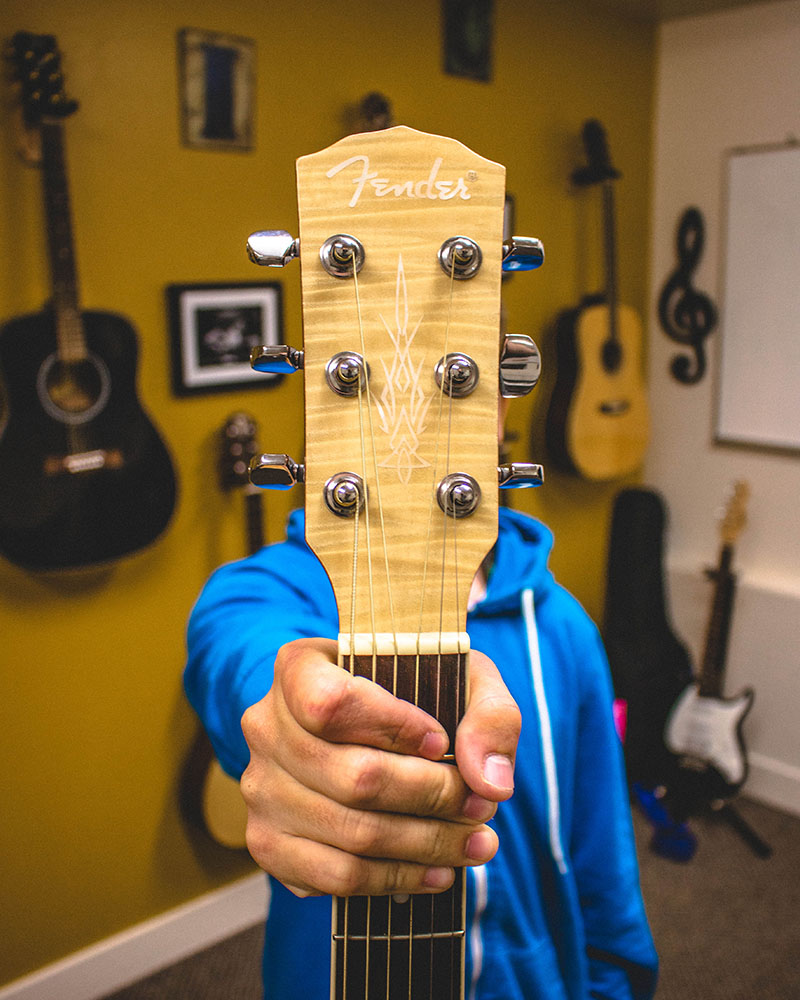
The stigma that surrounds teen sex addiction or porn addiction can make parents reluctant to seek help. However, sex and porn addiction are serious mental health issues. It can be difficult for teens to recover without the help of mental health professionals. If your son suffers from sexual addiction then persistent sexual thoughts affect his ability to maintain relationships, focus in school, and accomplish normal day-to-day responsibilities. Typical behaviors for sex addicts include compulsive masturbation, pornography, exhibitionism, voyeurism, and giving in to sexual impulses.
If you have watched your son struggle to control his sexual impulses and fail, then you may be tempted to give up hope that his life could be different. For more than two decades, Oxbow Academy has helped hundreds of teens like your son learn to control his sexual impulses. However, with therapeutic intervention your son can live a healthy, happy, and successful life.

Healing in a Safe Environment
When asking about safety, parents sometimes ask if we work with sexual offenders or predators. We do not see our students as sexual offenders or predators. In an adolescent, their arousal is very adaptable and is about what feels good in the moment. When teens think about sexual behavior, they are more focused on their own anatomy and how it will feel, rather specific people or ages arousing them. In comparison, adults have a set arousal template. There are things that arouse adults and things that do not. Because of this, adults can be sexual offenders and predators that seek specific ages and traits while teens cannot.
Some parents worry about having their son associate with other boys with sexual behavior problems. At Oxbow Academy, your son will be in a safe, supportive environment. When he first arrives at Oxbow Academy, your son will spend his first 90-days in the Evaluation Center. He will be among other young men under evaluation until the level of care that he needs is determined.
There is always a therapist present to guide students to appropriately share their experiences. Therapists and staff encourage students to use accountable language that does not glorify their behavior. Your son can heal and progress in Oxbow's open and honest culture. We have a one-to-four staff-to-student ratio with 24-hour supervision.
Teen Sex Addiction Therapy
Your son can receive help at Oxbow Academy, our teenage sex addiction treatment program. He will identify his sexual issues, and learn how to be truthful and accountable. He will find the words to tell own his story. In addition, he will improve his relationships, and get direction in his life. You can find out what is really going on with your son and he can receive a treatment plan specifically tailored to his individual needs. He can be in an environment where he can appropriately share, address the shame, find support, and find his pathway to healing.
You Have Questions, We Have Answers. Your Call is Confidential.
Oxbow Academy is fully operational during the COVID-19 crisis. Contact us if you need help with treatment for sexual addiction, sexual abuse, pornography abuse and other compulsive behavior issues.
Many parents find it difficult to tell healthy curiosity about sex from a potentially dangerous situation. There are clinical evaluations that can help make that determination easier. One of these evaluations is the Sexual Addiction Screening Test (SAST).
On the SAST, you will answer a series of simple yes or no questions about their teen. The answers are completely confidential. No information connects you to your assessment. After you complete the SAST, you will be taken to a new page that shows a score representing the level of risk.
After you get your score, you will have the chance to request a call from someone who can help answer your questions. You will only be contacted if you make a request. Whether you request a call or not, your information will remain confidential, and you will be under no obligation.

